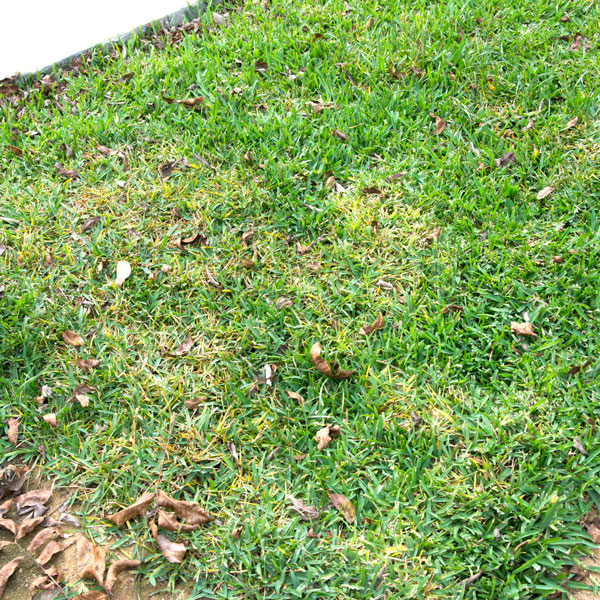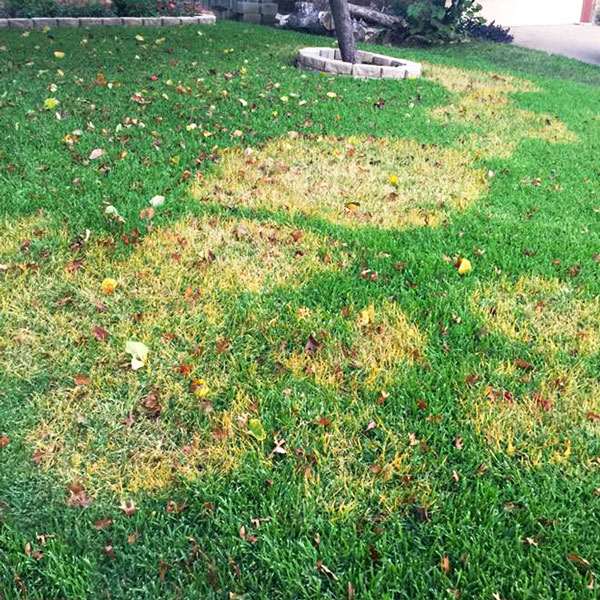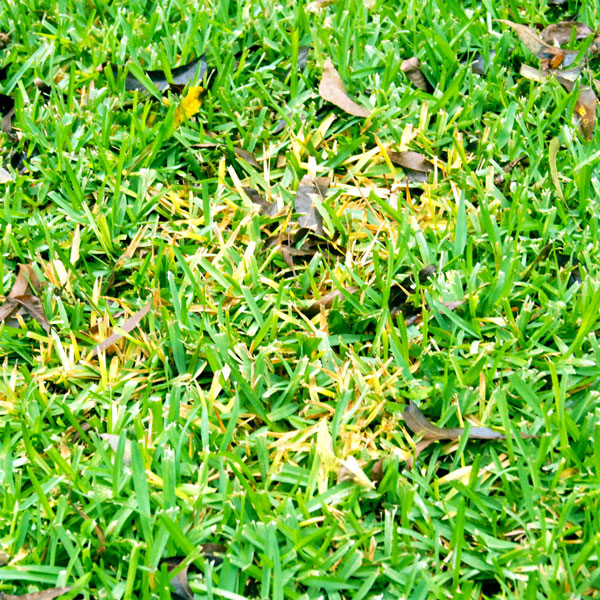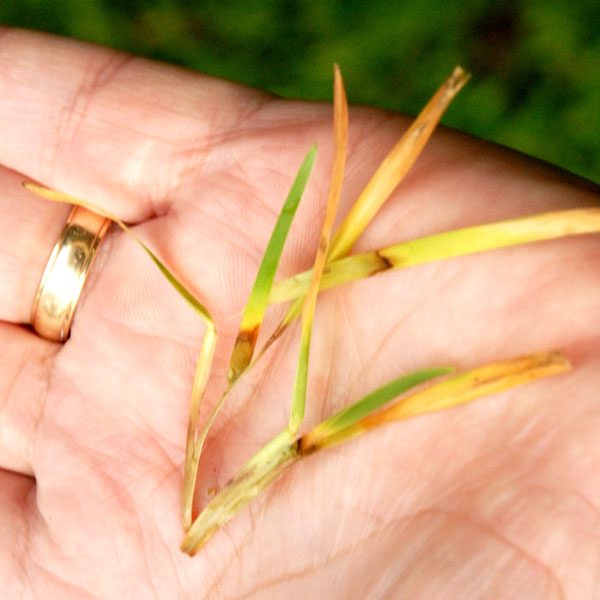Brown patch/large patch
My original goal was to write a fun little piece on why plant pathologists took it upon themselves 25 years ago to rename “brown patch” of St. Augustine and start calling it “large patch.”
But, oh the frustration. I felt like I was back in that calculus class at Ohio State. I don’t believe she was even speaking English. I passed that class, but it was a miracle.
I just spent two hours reading everything that matched the search for “why university plant pathologists expanded the name of brown patch to include large patch in dealing with southern turfgrasses.” I read pieces from Texas A&M, LSU’s Ag Center, the University of Arkansas, Clemson (they’re always great), and even Penn State. ChatGPT even wrote me a story to share with you (which I will never do). All that, and I still don’t understand the thinking.
Here’s my dilemma. These pathologists tell us that that large patch is what goes after our warm-season grasses. That’s where St. Augustine and zoysias fall. But then they tell us its activity is most evident in the spring, and that the patches are large and that the infected centers of the diseased areas start to recover – like brown donuts with greening centers.
That’s exactly what I’ve been seeing on what we’ve been calling “brown patch” since 1970 when I joined the Texas Agricultural Extension Service (the old name) as Dallas County Extension Horticulturist.

But brown patch everywhere that I’ve worked and traveled has showed up (and shows up) in the fall – on St. Augustine (a warm-season grass), when temperatures first drop down into the low 60s at night – usually after the first rainy cold front. That works out to be in October and November in most parts of Texas. The patches are 18 to 30 inches apart. They can meld together to affect a larger part of the yard, but the individual patches remain fairly obvious, and they aren’t what I’d ever call “large.”
It all boils down to what the pathologists have cultured out to be two closely related strains of the same fungus. Here’s the one place I will quote that ChatGPT report. It says that our old-fashioned St. Augustine “brown patch,” now-after called “large patch” is Rhizoctonia solani AG 2-2 LP, AG 2-2 IIIB, and variants. The original brown patch that attacks cool-season grasses such as tall fescue, ryegrass, and bentgrass on golf greens is simply Rhizoctonia solani.
If you’re still awake and still reading, here’s the good news…
Boiling it all down to the salient points:
• These are all primarily diseases of leaf blades. They attack the leaf sheaths where the blades attach at their bases. That’s where they rot, and that’s where they pull loose easily.
• They both show up when it’s cool and moist, so where practical and possible, keep the grass dry. Good air circulation helps. Do not irrigate at night.
• Avoid fast-release, high-nitrogen fertilizers in the fall. Such foods stimulate succulent new growth that is most susceptible to the fungus.
• Mow at the recommended height. Mowing high or low weakens the grass and makes it more susceptible to invasion by the funguses.
• There are several effective fungicides that can be used as preventive treatments or also as remedies.
• Grass seldom dies from these organisms, but it will be weakened to the point that winter cold can do unnecessary harm.

Here are some of the best reports I found…
I’ll warn you that I read every word of these and other reports from major universities. They’re very informative, but I still left the reading room dazed and confused. Still, I present them to you if you really want to clean up your act and talk like a pathologist.
From the LSU Ag Center in 2017, the fungus was still being referred to as “brown patch.” Even though universities were trying to make the switch over to “large patch” by then, the photo and write ups deal exclusively with the old name.
From the LSU Ag Center in 2020, this piece describes the disease and shows a very typical photo of what we’ve all come to know as “brown patch.” In fact, that’s what author Johnny W. Morgan calls it.
Penn State has a very good write up on it online. The disease also attacks northern turf and cool-season grasses such as ryegrass, tall fescue, and bentgrass on golf greens. This is where the plant pathologists wanted us to use the old name “brown patch,” but it looks like the same 24- to 36-inch circles we see in our St. Augustine here in Texas.
Clemson University may have the most complete write-up on brown patch and large patch diseases of our lawngrasses. Unfortunately, St. Augustine is not their prime turfgrass there, so we can only wish they had spent more time discussing this disease on it. Nonetheless, this is great information.
Out of all this, I’ve made my decision. At least for now, I’m going to be saying, “brown patch, sometimes also called ‘large patch.’”
I have other work that needs my attention now.


